How to Prepare for Facial Implants in Gangnam: 12-Step Guide

So, you’re doing it. You’ve decided on facial implants, a step toward the profile you’ve always pictured for yourself. And you're not just doing it anywhere. You’re planning to go to the absolute epicenter of aesthetic innovation: Gangnam in Seoul. That’s exciting. It’s also... a lot. Let’s be real, preparing for any surgery is a big deal, but preparing for one halfway across the world? That’s a whole different level of planning.
You’re probably feeling a mix of thrilled and completely overwhelmed. You’ve seen the "before and afters," you've heard about the high-tech clinics in Korea, but now you’re staring at a blank page titled "My Plan." Where do you even start? You're not just booking a procedure; you're planning a medical journey. This guide is here to be your checklist, your friendly advice, your "don't-forget-this" reminder. We're going to break down exactly how to prepare for facial implants in Gangnam, from the first thought to your post-op flight home.
The "Why Gangnam?" Context: A Quick Look
Before we dive into the steps, let's just acknowledge why you're looking at Gangnam. It's not just "Gangnam Style" (though, yes, that's the place). Gangnam's "beauty belt" is arguably the most concentrated, advanced, and specialized plastic surgery hub on the planet. The surgeons there often specialize in *one thing*. You'll find surgeons who *only* do facial contouring. That level of specialization is what draws people from all over the world. They combine technology with a deep understanding of facial aesthetics. So, yeah, it’s a smart choice, but it requires smart preparation.
Okay, let's get into the "how-to."
Your 12-Step Preparation Guide for Facial Augmentation in Gangnam
Step 1: Define Your "Why" and "What" (Your Goals)
This sounds basic, but it’s the most important step. "Facial implants" is a broad term. What are you *really* looking for? You need to get specific before you even talk to a doctor. Are you seeking:
- Cheek Implants: To create higher, more defined cheekbones?
- Chin Implant: To improve your profile and create a stronger (or more delicate) chin?
- Jawline Implants: For a more sculpted, angular, or v-shaped jaw?
Grab a mirror. Take photos of your face from the front, the side (both sides), and at a 45-degree angle. What *specifically* do you want to change? Find reference photos, but with a catch: find photos of people with a similar starting facial structure. Bringing a photo of a celebrity is fine, but be realistic. A good surgeon will tell you what's possible for *your* face, not how to get someone else's. This self-reflection is critical for a successful consultation.
Step 2: Get Real About Your Budget (It's More Than Just the Surgery)
The money talk. It's awkward, but let's just rip the band-aid off. The quote a clinic gives you is almost never the final price you'll pay for the *trip*. Your budget for getting facial implants in Gangnam needs to include:
- The surgeon's fee (this is the main quote).
- Anesthesiologist's fee.
- The cost of the implants themselves (Silicone vs. Medpor vs. other materials).
- Clinic and operating room fees.
- Post-op medications and follow-up care.
- Round-trip flights to Seoul (Incheon Airport - ICN).
- Accommodation (for at least 10-14 days, and you'll want a *comfortable* place).
- Food, transportation (taxis, subway), and basic living expenses.
- A "just-in-case" emergency fund. Seriously. Don't skip this.
Having this total number in mind isn't just good planning; it stops you from "cutting corners" on the important stuff (like your surgeon or your recovery hotel) because you forgot to budget for the flight. This is a key part of your *preparation for facial implants in Gangnam*.
Step 3: The Big Hunt: How to Research Surgeons in Gangnam
This is where you'll spend most of your time, and you should. Gangnam has... a lot of clinics. Like, *a lot*. It's overwhelming. How do you find the right one?
- Look for Specialists: Don't go to a clinic that's famous for breast augmentation and ask for a complex jaw implant. Look for surgeons who specialize in "facial contouring" or "facial bone structure."
- Board-Certification: This is tricky in Korea as their system is different. You want to look for doctors affiliated with major medical universities or members of respected Korean plastic surgery societies (e.g., KSPRS).
- English-Speaking Coordinator: Unless you are fluent in Korean, you *need* a clinic with a dedicated English-speaking coordinator. This person will be your lifeline.
- Avoid the "Factory" Clinics: Some clinics are notorious for being "ghost doctor" clinics, where the surgeon you meet isn't the one who operates. Look for clinics that promise 1-on-1 care and will guarantee your surgeon operates from start to finish.
Step 4: Master the Virtual Consultation
You can’t just fly to Seoul and "shop around." The real work is done online. You will need to narrow your list to 3-5 top clinics and schedule virtual consultations (usually via email, WhatsApp, or a platform like KakaoTalk).
This is your job interview... for them. Be prepared. Send those photos you took in Step 1. And have a list of questions ready. Here are some you *must* ask:
- "Who will be performing my surgery, from start to finish?"
- "What type of implant material do you recommend for me, and why?" (e.g., Silicone, Medpor, PEEK).
- "How many facial implant procedures like mine do you perform each month?"
- "What is your revision policy if there's an issue or I'm unhappy?"
- "Where will the incisions be placed?"
- "Can you show me before-and-after photos of patients with a similar facial structure to mine?"
Pay attention to *how* they answer. Is it rushed? Are they clear? Do they manage your expectations, or do they promise you the moon? A good surgeon will be honest, and sometimes that means saying "no" to a request.
Step 5: Read Reviews... The Smart Way
Don't just look at the 5-star reviews on the clinic's own website. Dig deeper. Look at forums like PurseForum or Reddit (be wary, but it's a data point). Look for Google reviews. The key is to look for *patterns*. Is everyone raving about Dr. Kim's natural-looking chin work? Or are there several scary reviews about post-op infections from Clinic X? One bad review could be a fluke. Five bad reviews about the same thing is a red flag. Also, look for reviews that detail the *whole experience*—the coordinator, the cleanliness, the post-op care. That’s your *Gangnam plastic surgery guide* right there.
Step 6: Book Your Trip (But Be Flexible)
Once you’ve chosen your surgeon and paid your deposit, it's time to book. Here’s the pro-tip: *add a buffer*. Your clinic will say, "You need to stay for 7-10 days." I say, book for 14. Why?
First, jet lag is real. You want to arrive at least 2-3 days *before* your surgery day. You'll have your in-person consultation, and you need to be rested and not in a fog.
Second, recovery is unpredictable. You might feel great... or you might be very swollen. You don't want to be forced onto a 12-hour flight when you're still in the "acute" phase of healing. Give your *recovery after facial implants* the time it deserves. Trust me, you'll be glad you're not rushing.
Step 7: Arrange Your "Recovery Nest" (Accommodation)
Don't just book the cheapest Airbnb. After a major facial procedure, you need comfort and convenience. Many people opt for recovery-friendly hotels near their clinic in Gangnam. Some even partner with clinics.
What to look for:
- Proximity: Can you easily (and discreetly) get to your follow-up appointments?
- Comfort: A good bed, lots of pillows (you'll need to sleep elevated), and a clean, calm environment.
- Room Service / Food Delivery: You will not want to go out for food. Check that food delivery services (like Shuttle or Yogiyo) can easily find you.
- A decent-sized fridge: For your ice packs, cold drinks, and soft foods.
Step 8: The Boring (But Critical) Stuff: Visas, Insurance, and Money
Visas: Check your country's requirements. Many (like the US, Canada, Australia) can enter Korea visa-free for tourism (which this falls under) for a set period. Make sure your passport is valid for at least 6 months.
Insurance: Your home health insurance will *not* cover you. Period. You need to get specific travel medical insurance that covers complications from elective surgery. It's not standard. You have to ask for it.
Money: Tell your bank you're traveling. You'll likely need to pay the final balance at the clinic (many prefer cash, which is wild, but true—or wire transfer). Have a plan for this. Don't rely on your credit card's daily withdrawal limit.
Step 9: Two Weeks Before: Your Pre-Op Lockdown
Your clinic will give you a list. Follow it. This is non-negotiable. This is the part everyone hates but is the most important for your safety and results. This list will 99% include:
- STOP SMOKING/VAPING. I'm not kidding. Nicotine messes with your blood flow and can lead to tissue death, horrible healing, and infections. Just stop.
- STOP DRINKING ALCOHOL. It thins your blood and causes swelling.
- STOP TAKING: Aspirin, ibuprofen, vitamin E, fish oil, and any herbal supplements that can thin your blood. Your doctor will give you a full list.
This is also the time to get any pre-op medical clearances your doctor requested from your primary care physician back home.
Step 10: Pack for Recovery (Not for a Vacation)
You’re not packing for a fun-filled tour of Seoul (at least, not for the first week). You are packing to be a comfortable, healing "gremlin." My advice:
- Button-up or Zip-up Shirts: You will not be ableto pull *anything* over your head. Think PJs, zip-up hoodies, cardigans.
- Neck Pillow: The U-shaped travel kind. You have to sleep on your back, elevated. This will save you.
- Dry Shampoo & Face Wipes: You might not be able to shower properly or wash your face for a few days.
- Your Prescribed Meds: Plus any comfort meds you like (e.g., Tylenol, but *only* if cleared by your doctor).
- Entertainment: Download all the movies, shows, and podcasts *before* you leave.
- A Korean SIM card: You can pick this up at the airport. You need data for maps and to contact your clinic.
- Soft Foods Starter Pack: Maybe some protein shake powder or oatmeal packets, just so you have *something* before you figure out food delivery.
Step 11: Arrival, In-Person Consultation, and Final Payment
You’ve landed at ICN. Breathe. Get your SIM card, get your cash (or T-Money card for the subway), and get a taxi/bus to your hotel. Settle in.
You'll typically have your in-person consultation the day before your surgery. This is it. You'll meet your surgeon (again, or for the first time in person). They will mark up your face, confirm the plan, and you'll sign all the consent forms. This is your *last chance* to ask any final, nagging questions. You will then pay your remaining balance. Yes, it feels a bit transactional, but that's the process.
Step 12: Prep Your "Nest" and... Go Time.
The night before surgery, you'll be told to fast (no food or water) after a certain time, usually midnight. This is crucial for anesthesia safety.
My tip? Use that evening to set up your hotel room for your return.
- Put a big bottle of water and your pain meds on your nightstand.
- Lay out your comfiest "going home" outfit (that zip-up hoodie!).
- Have your ice packs (or gel packs) ready in the freezer.
- Charge all your devices.
Then, try to sleep. It's the eve of a big change. On surgery day, you'll show up at the clinic, change into a gown, and before you know it, you'll be waking up in the recovery room. The journey is about to begin, but the *preparation*? You’ve already nailed it.
You're Prepared, Not Just Planned
I'm not going to lie, the first few days of recovery are tough. You will be swollen. You will be bruised. You will look in the mirror and think, "What have I done?" This is a normal part of the process. But because you've prepared, you'll have your support system (even if it's just Netflix and a good food delivery app), your comfortable nest, and the peace of mind knowing you chose the right surgeon.
Getting facial implants in Gangnam is a major decision, but it's a solvable one. By breaking it down into these steps, you take the "overwhelming" and turn it into "actionable." You've got this.
Frequently Asked Questions (FAQs) About Facial Implants in Gangnam
How long is the *real* recovery time for facial implants?
Clinics will say 7 days for "stitch removal." But let's be real. You'll be "restaurant-ready" (with some strategic makeup) in about 2-3 weeks. You'll be "back to normal" in about 4-6 weeks. But the *final, final* result, with all residual swelling gone? That can take 6 months to a full year. Be patient.
Is it safe to get plastic surgery in Gangnam?
Yes, *if* you do your research. It's one of the safest places in the world *because* the standards are so high and the competition is so fierce. The risks come from not vetting your clinic, going for the cheapest price, or not following pre- and post-op care. The safety is in the preparation.
How much do facial implants cost in Gangnam compared to the US or Europe?
It's generally more affordable, but not "cheap." Including the flights and hotel, you may end up paying 40-60% of what you would for a top-tier surgeon in a major US city like Los Angeles or New York. The main draw isn't just the cost; it's the *specialization*. You're paying for expertise you might not find back home.
What's the best time of year to go to Korea for surgery?
Spring (April-May) and Fall (September-November) are the best. The weather is mild and pleasant. Summer is incredibly hot, humid, and rainy (not fun for healing). Winter is freezing cold (also not fun). Mild weather makes for a much more comfortable recovery.
Can I get facial implants and a rhinoplasty (or other procedure) at the same time?
You *can*, and many people do to save on anesthesia fees and travel. This is a question for your surgeon. Combining procedures can be efficient, but it also means a more difficult recovery (e.g., more swelling, more discomfort). Weigh the pros and cons with your doctor.
Do facial implants look natural?
This is the million-dollar question. The answer depends on two things: 1) Your surgeon's skill and aesthetic, and 2) Your request. A good surgeon will choose an implant size and shape that creates *harmony* and *balance* with your existing features. The goal is to look like the best version of *you*, not like someone with implants. This is why Step 1 (defining your goals) is so important.
Feeling Overwhelmed? You Don't Have to Do This Alone.
This all seems like a lot, doesn't it? The research, the vetting, the booking, the logistics... it's like a second job. And when you're dealing with your health and your appearance, "good enough" research isn't good enough. You need certainty.
That's where PlacidWay comes in. We're the experts in medical tourism. We've already done the hard work. We vet the clinics in Gangnam. We have partnerships with world-class, board-certified surgeons who specialize in facial augmentation. We can help you navigate the entire process, from getting initial quotes to coordinating your consultations, and even help with travel logistics.
Don't spend weeks worrying if you've missed something. Let us connect you with the right professionals for your journey.
Get a free, no-obligation quote and start your personalized journey with a PlacidWay coordinator today. Your new beginning is just a click away.


.png)
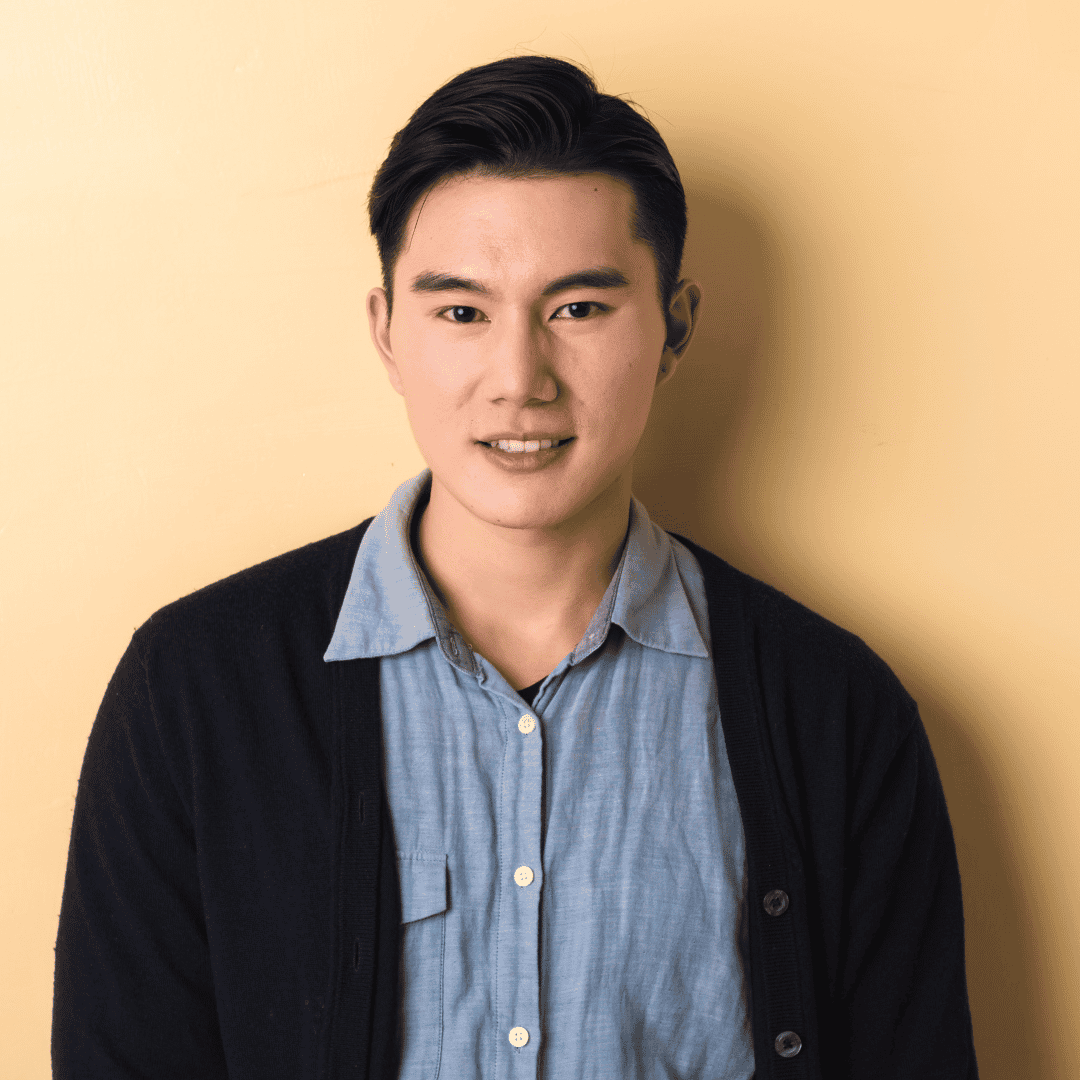






.png)
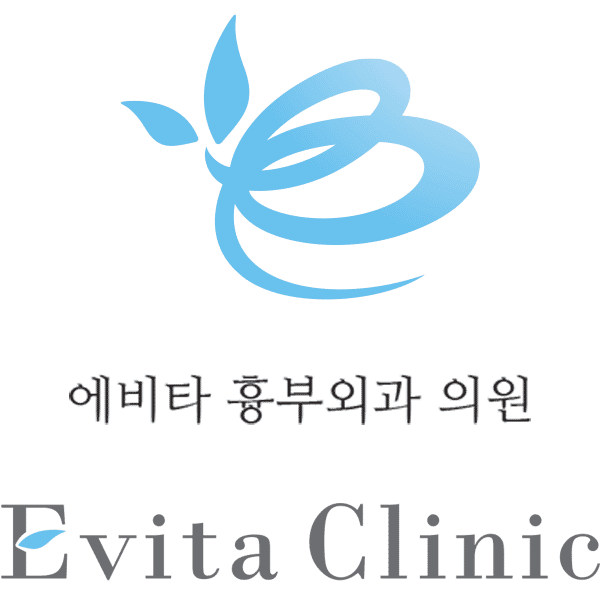
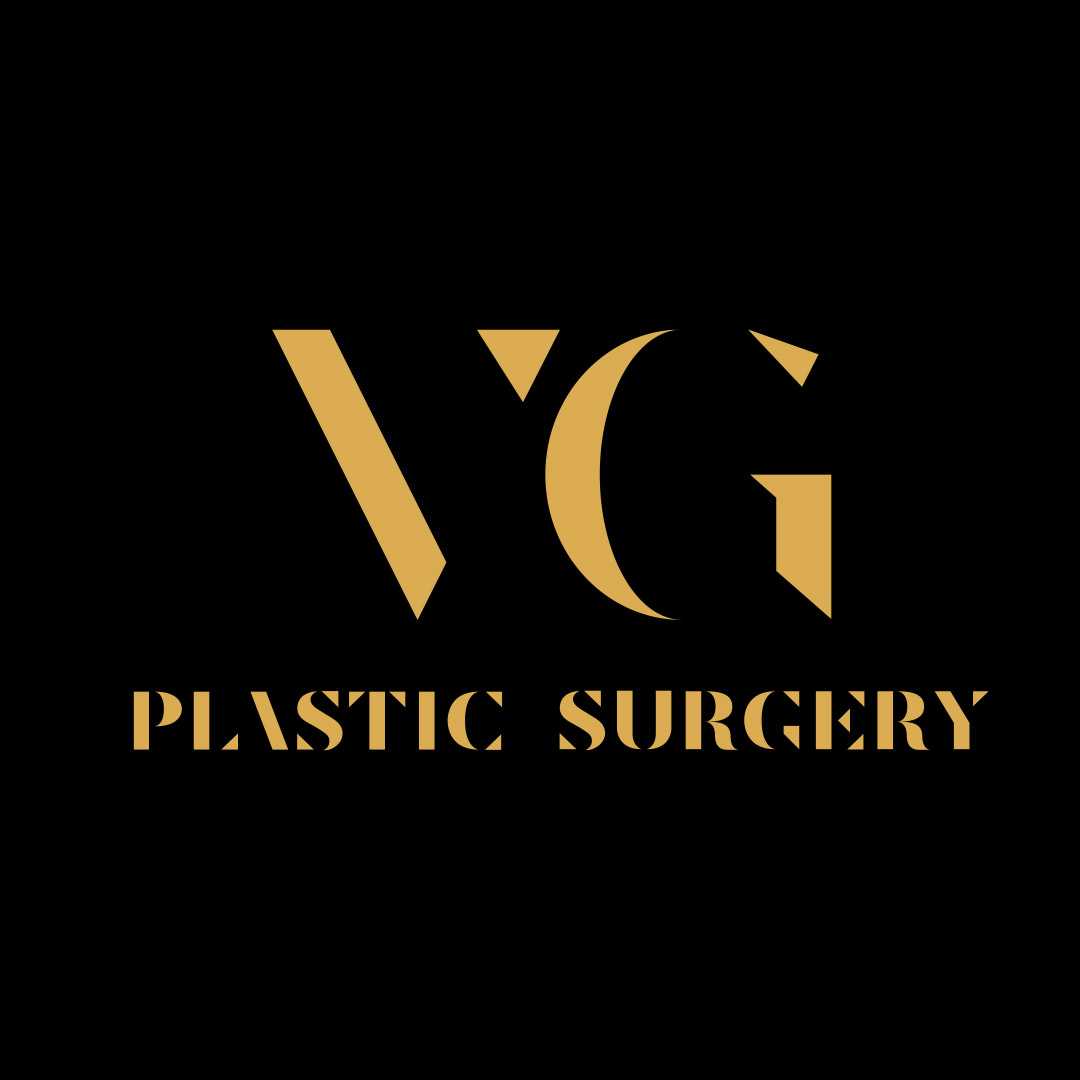
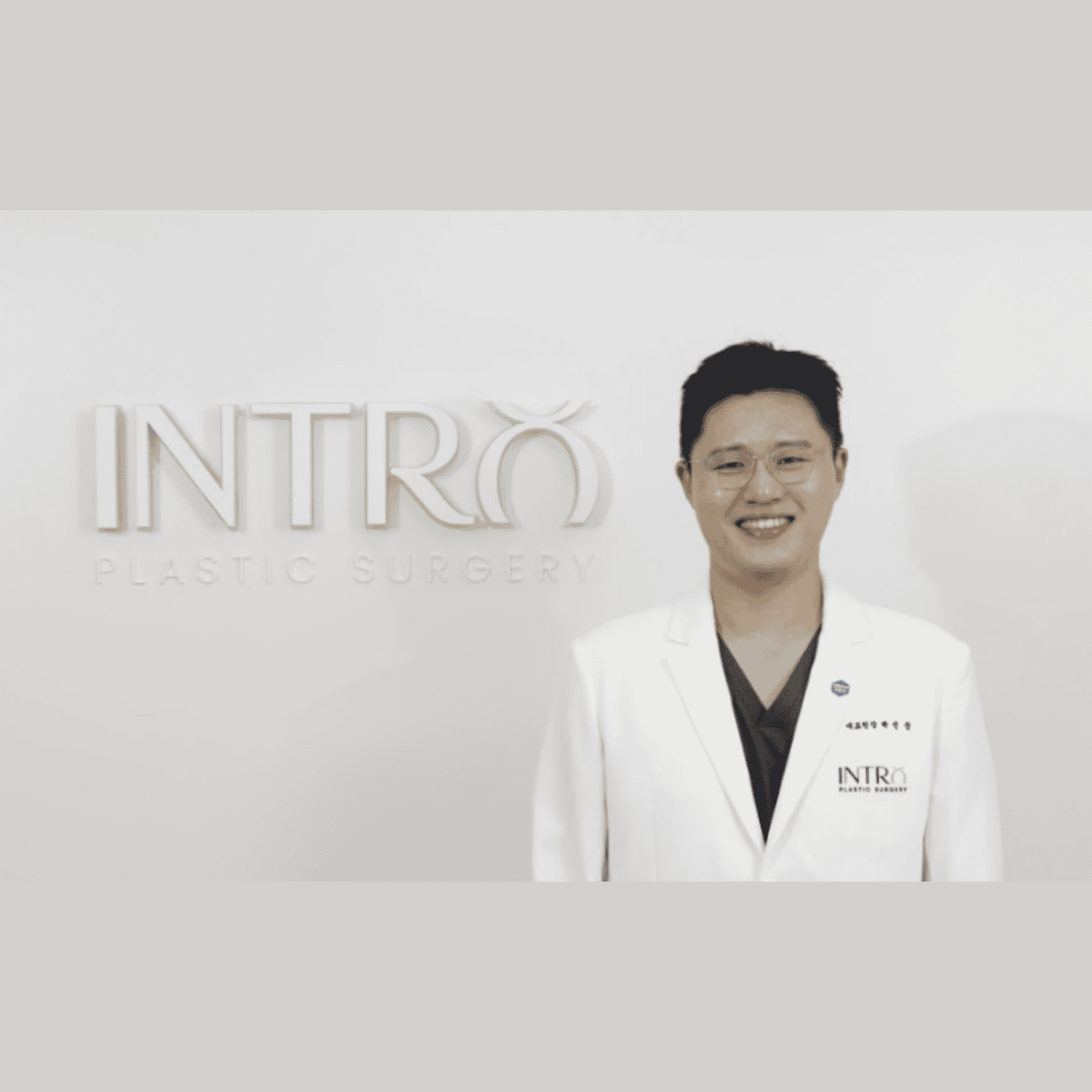
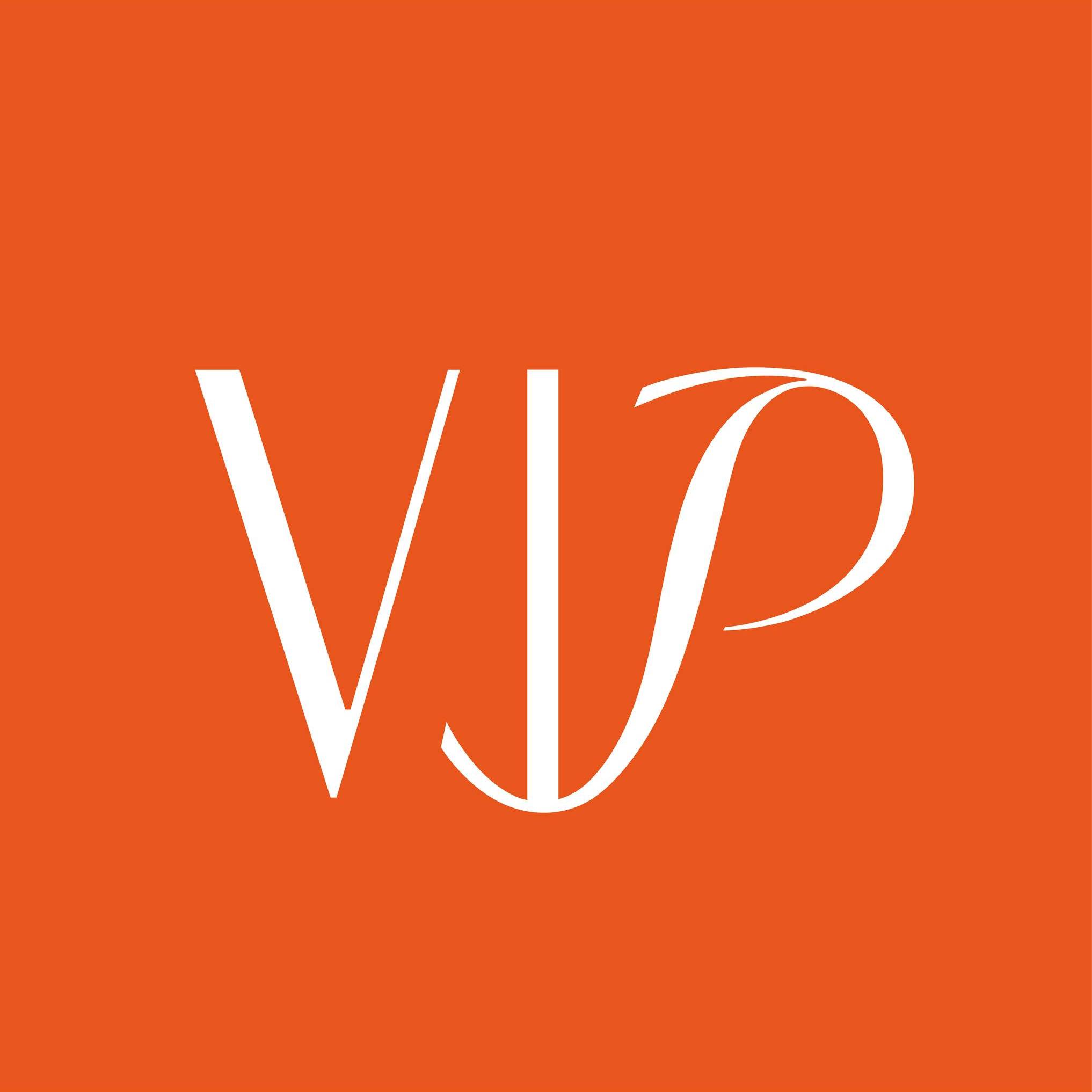
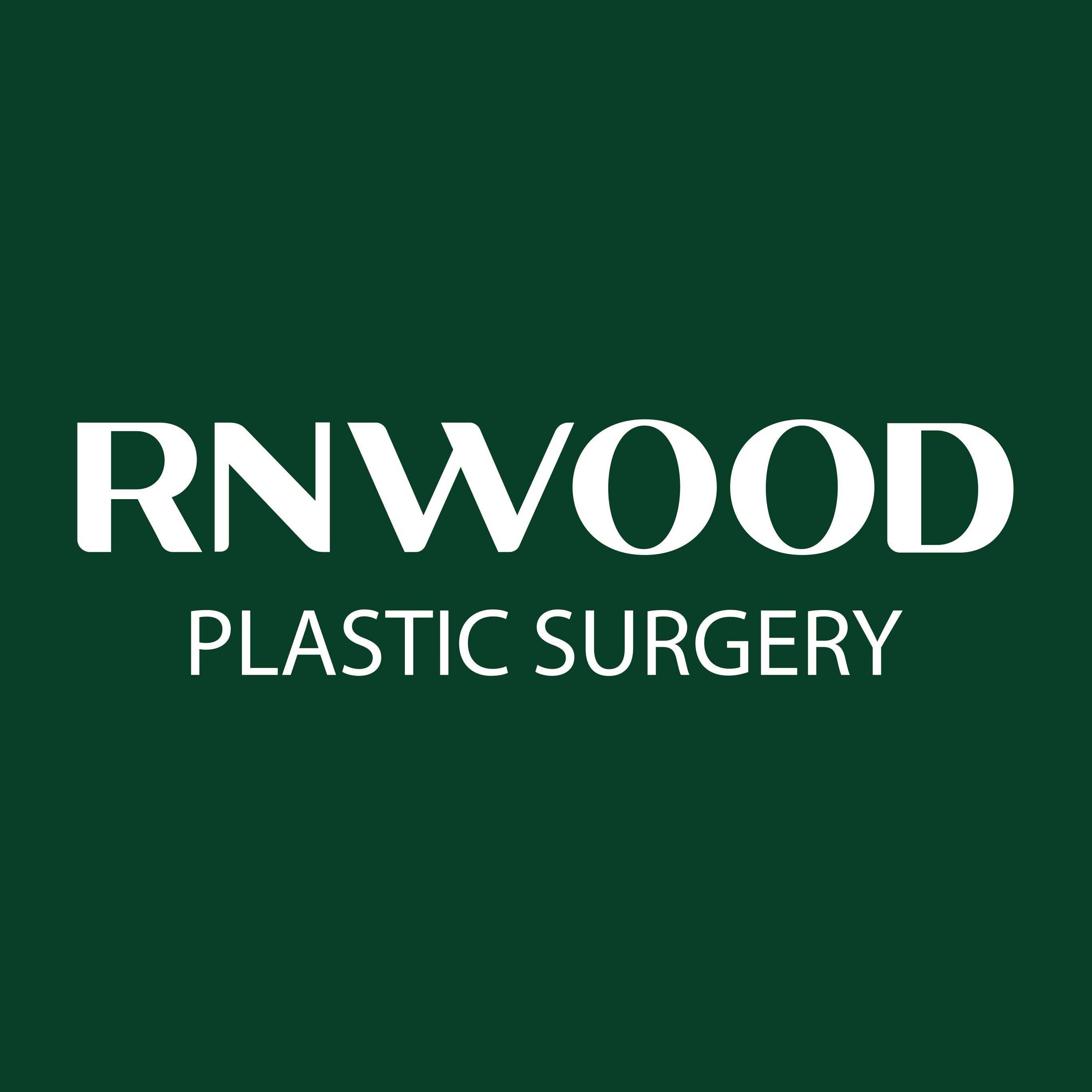

Share this listing